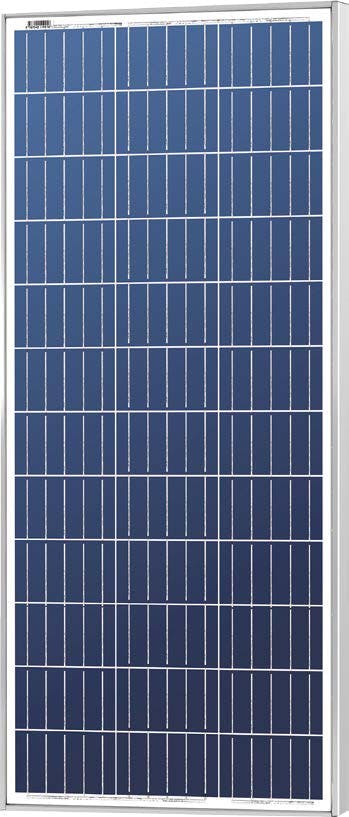LearningIt
New Member
- Joined
- Mar 29, 2021
- Messages
- 20
I have a 100 Watt expertpower suitcase panel (see ExpertPower or Amazon) and 200W/200Wh S200 solar generator. I want to add a panel to the roof of my 4x6 generator shed to power an exhaust fan for ventilation both for storage when the weather is hot and when the ICE generator is running during a power outage. I'm in a hot humid climate.
My shed roof is regular 3 tab shingles over osb but tilts (3 in 12) north, away from the sun. The south generator wall is close to the fence and the east and west walls are shaded.
Is there a good way to mount this panel to the roof with the legs extended to make it tilt south? I can place it on the roof and the angle works but I want a semi-permanent mounting. The legs don't have holes through the bottom for mounting pins but I could drill them. How would I also attach the edge that touches the roof on the south side?
Are these suitcase panels waterproof/weather resistant enough to stay outside or should I get a regular panel?
Has anyone else used a "12V" panel connected directly to something like a 12V electric automotive fan like this?
Good/bad idea?
I don't really want to leave the expertpower solar generator turned on and in the outside shed providing power to the fan. I think that would hurt the battery
My shed roof is regular 3 tab shingles over osb but tilts (3 in 12) north, away from the sun. The south generator wall is close to the fence and the east and west walls are shaded.
Is there a good way to mount this panel to the roof with the legs extended to make it tilt south? I can place it on the roof and the angle works but I want a semi-permanent mounting. The legs don't have holes through the bottom for mounting pins but I could drill them. How would I also attach the edge that touches the roof on the south side?
Are these suitcase panels waterproof/weather resistant enough to stay outside or should I get a regular panel?
Has anyone else used a "12V" panel connected directly to something like a 12V electric automotive fan like this?
Good/bad idea?
I don't really want to leave the expertpower solar generator turned on and in the outside shed providing power to the fan. I think that would hurt the battery
Last edited:



